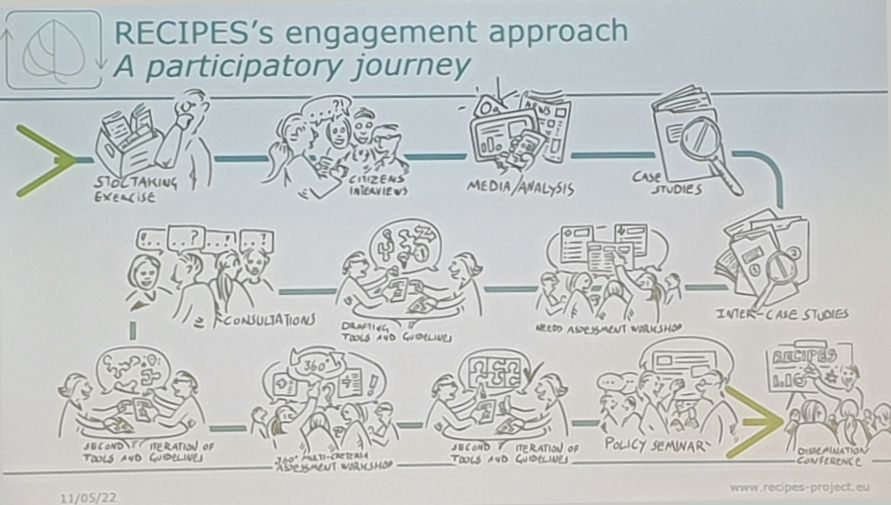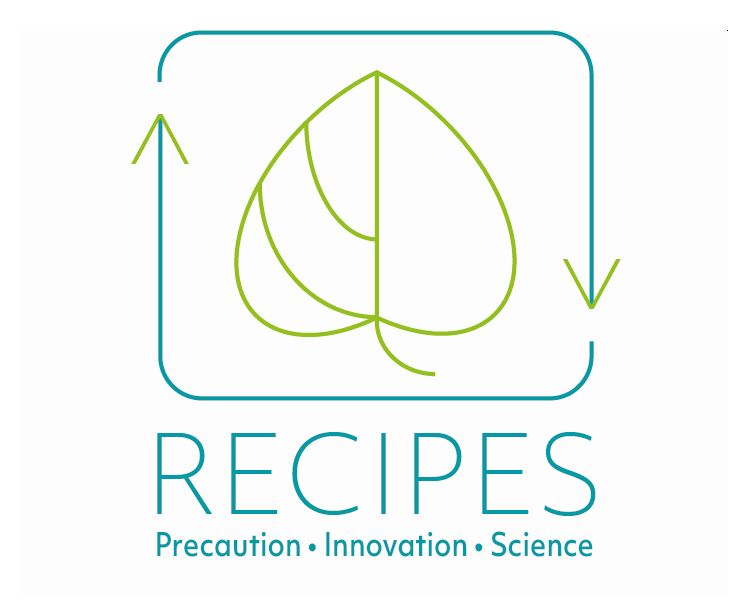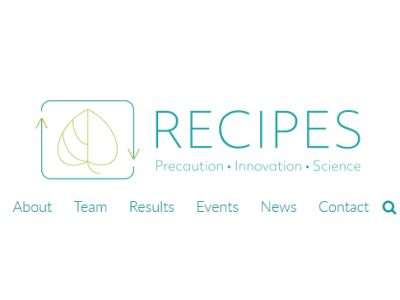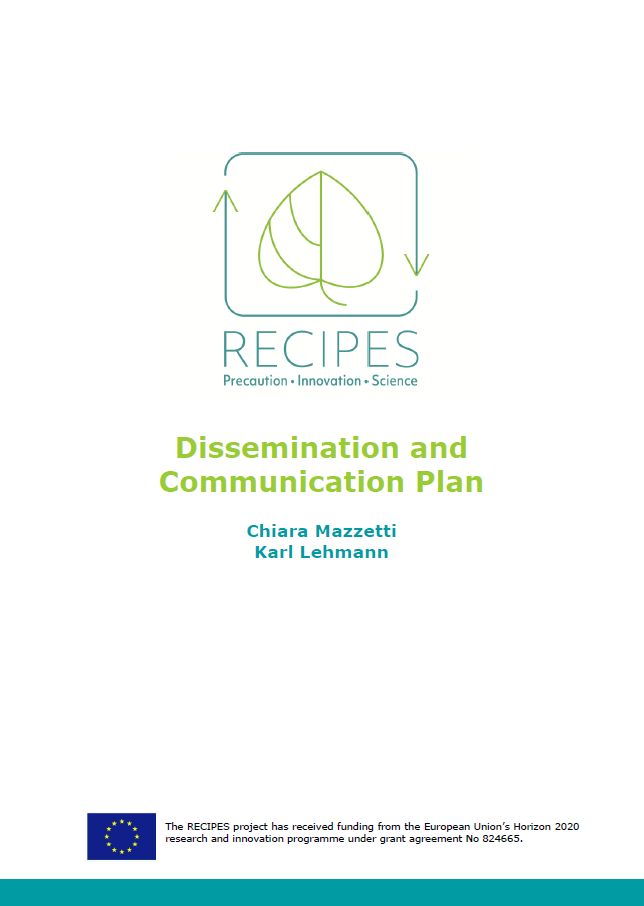Guidance on the Application of the Precautionary Principle in the EU
- Publikation
- Zitiervorschlag
Tjelle Holm, Niels-Kristian und Marion Dreyer (Hgs.) 2022: GUIDANCE on the application of the precautionary principle in the EU. Berlin: Ecologic Institut.
Zum Abschluss des Projekts entwickelte das RECIPES-Team einen Leitfaden für die Anwendung des Vorsorgeprinzips in der EU. Der Leitfaden gibt Ratschläge für einen verantwortungsvollen Umgang mit ungewissen Risiken bei der Entwicklung und Anwendung von Technologien in der EU. Zielgruppen dieses Leitfadens sind in erster Linie politische Entscheidungsträger in der EU, EU-Agenturen und Organisationen zur Unterstützung der EU-Politik, die sich mit Risikoregulierung oder der Steuerung von Wissenschaft, Technologie und Innovation befassen. Das Ecologic Institut gestaltete das Layout des eBooks.
Kontakt
- Sprache
-
Englisch
- Credits
Layout: Jennifer Rahn (Ecologic Institut)
- Finanzierung
-
Europäische Kommission, Generaldirektion Forschung & Innovation (GD Forschung & Innovation), International - Verlag
-
Ecologic Institut, Deutschland - Jahr
- Umfang
- 118 S.
- Projekt
- Projekt-ID
- Inhaltsverzeichnis
-
Gesamtes Inhaltsverzeichnis
1 Overall Executive Summary
2 Overall Introduction
2.1 The precautionary principle and responsible innovation
2.2 Structure of the guidance
2.2.1 Scope of application
2.2.2 Organisation of expertise
2.2.3 Participation
2.3 Sources of the guidance
3 Guidance on the scope of application of the precautionary principle
3.1 Executive summary
3.2 Introduction
3.2.1 The need for this guidance
3.2.2 Outline of guidance
3.3 When to apply the precautionary principle
3.3.1 The precautionary principle in short
3.3.2 The place of the precautionary principle within the EU
3.3.3 Guidelines for when the precautionary principle is relevant
3.3.3.1 Scientific uncertainty
3.3.3.2 Seriousness of the risk
3.3.3.3 Some form of scientific analysis
3.3.3.4 The characteristics of the risks and risk anticipation
3.4 The precautionary principle as a safeguard
3.4.1 Choose responsible innovation and responsible innovation processes
3.4.2 A priori risk reduction before market introduction
3.4.3 Early warnings
3.4.4 Assessing the situation
3.4.5 Deciding on the measures that are appropriate
3.4.6 Monitoring the situation
3.5 The precautionary principle as a compass
3.5.1 The precautionary principle and responsible innovation
3.5.2 Examples of good practices
3.6 Conclusion
4 Guidance on the organisation and production of expertise for precaution in risk regulation and innovation policy
4.1 Executive summary
4.2 Introduction
4.2.1 The need for this guidance
4.2.2 Outline of the guidance
4.3 Fundamental issues relating to the knowledge for precaution
4.3.1 Problem scoping to avoid addressing the wrong problem
4.3.2 Pluralisation of expert knowledge in assessment
4.3.3 Appraisal of scientific uncertainties
4.4 Ways forward to strengthen the knowledge basis for precaution in risk regulation and innovation policy
4.4.1 Extending the scope of risk assessment
4.4.2 Being open to emerging knowledge and ‘nonstandard’ knowledge in risk assessment and science for policy
4.4.2.1 Why risk assessment must be open to ‘non-standard’ knowledge
4.4.2.2 Including the findings from academic studies in the natural sciences into regulatory science
4.4.2.3 Diverse scientific disciplines and knowledges
4.4.2.4 Local and experience-based knowledges (extended peer communities)
4.4.3 Learning within and across regulatory domains
4.4.4 Promoting early risk research and anticipatory and foresight processes in risk and innovation governance
4.4.4.1 Precaution-related knowledge for responsible innovation
4.4.5 Implications for scientific practice
5 Guidance for participatory approaches supporting the application of the precautionary principle
5.1 Executive summary
5.2 Introduction
5.3 Rationale of participatory processes in application of the precautionary principle
5.3.1 Two major lessons derived from RECIPES research
5.3.1.1 Two major lessons
5.3.1.2 Linking the lessons learned with a RECIPES needs assessment
5.3.2 Theoretical foundations for strong participatory processes
5.4 Choosing participatory methods and tools
5.4.1 Participation in the innovation cycle
5.4.2 Fair and competent participatory processes
5.4.2.1 Public engagement
5.4.2.2 Transparency
5.4.2.3 Power asymmetries
5.5 Overview of guidance - Schlüsselwörter
-
Umwelt, Innovation, Vorsorge, Regulierung, Sicherheit, Wissenschaft, politische Entscheidungsträger, Regulierungsbehörden und -agenturen, Forschung und Wissenschaft, Industrie und Wirtschaft, Finanzierungsquellen und Finanzierung, NRO und Verbände, Bürger und Organisationen der ZivilgesellschaftEuropa








